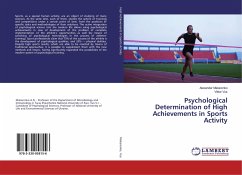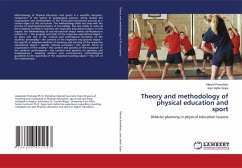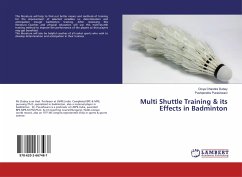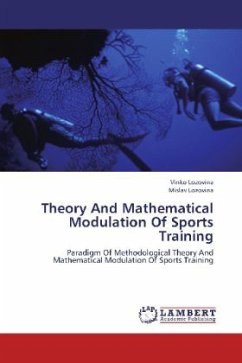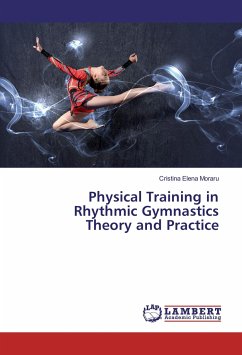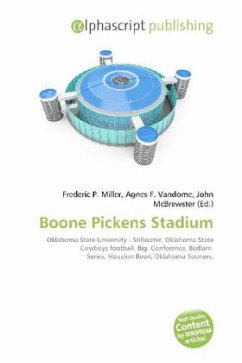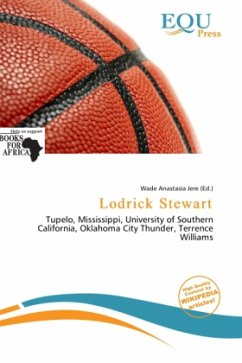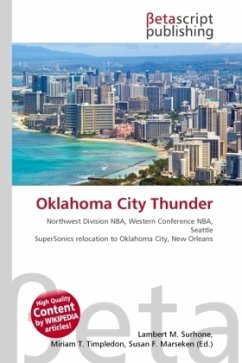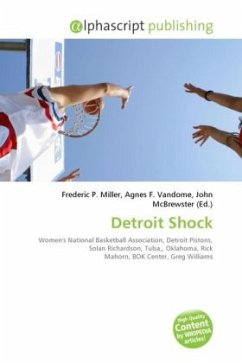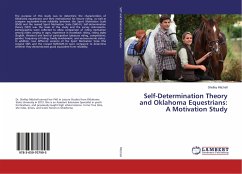
Self-Determination Theory and Oklahoma Equestrians: A Motivation Study
Versandkostenfrei!
Versandfertig in 6-10 Tagen
30,99 €
inkl. MwSt.

PAYBACK Punkte
15 °P sammeln!
The purpose of this study was to determine the characteristics of Oklahoma equestrians and their motivation(s) for leisure riding, as well as compare equivalent-form reliability between the Sport Motivation Scale (SMS) and the revised Sport Motivation Scale (SMS-II). Self-determination theory (SDT) was the basis of the study and the survey instruments. Demographics were collected to allow comparison of riding motivation among riders varying in ages, experience in horseback riding, riding styles (English, Western) and level of participation (pleasure riding, competition), gender, frequency of r...
The purpose of this study was to determine the characteristics of Oklahoma equestrians and their motivation(s) for leisure riding, as well as compare equivalent-form reliability between the Sport Motivation Scale (SMS) and the revised Sport Motivation Scale (SMS-II). Self-determination theory (SDT) was the basis of the study and the survey instruments. Demographics were collected to allow comparison of riding motivation among riders varying in ages, experience in horseback riding, riding styles (English, Western) and level of participation (pleasure riding, competition), gender, frequency of riding, family involvement, and socioeconomic status. In addition, two different versions of the Sport Motivation Scale (the original SMS and the revised SMS/SMS-II) were compared to determine whether they demonstrated good equivalent-form reliability.



